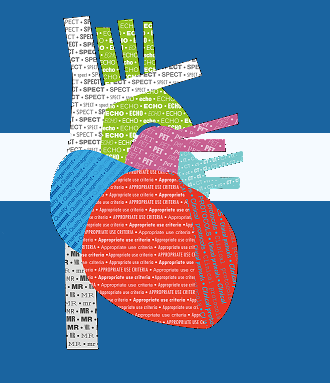Speakers
Dr
Ashraf Fakhari
(Nuclear Medicine Unit, Department of Radiology, Faculty of Medicine, Tabriz University of Medical Sciences, Tabriz, Iran)Dr
Ayuob Aghanejad
(Research Center for Pharmaceutical Nanotechnology, Tabriz University of Medical Sciences, Tabriz, Iran)
Description
Introduction: The role of CXCR4 receptor as therapeutic targets in cardiovascular disease was investigated. The AMD100 as a familiar antagonist to CXCR4 is contributed in recovery of defects in myocardial infarction.
Noninvasive targeted-CXCR4 SPECT and PET imaging to determine cardiovascular disease may be identified regional CXCR4 upregulation in some of the cardiovascular disease. We report the development of radiolabeled CXCR4 tracer to follow cardiovascular diseases.
Methodology: [68Ga] labeled 1,1′-[1,4-Phenylenebis(methylene)] bis-1,4,8,11-tetraazacyclotetradecane ([68Ga]-AMD3100) was prepared using generator-based [68Ga]GaCl3 and AMD-3100 for 15 min at 60C.
Results: Radiochemical purity: >99% ITLC/HPLC, specific activity: 50-60 GBq/mmol in acetate buffer. Stability of the radilabelled complex was investigated in fresh human serum (37ºC) up to 2h.
For survey of biodistribution studies, the radiolabelled agent was administered to wild-type mice and were followed up to 2h.
Conclusion: Our previous study on 67Ga-AMD3100 and recent study on 68Ga-AMD3100 would be introduced to the new series of radiolabeled tracer to CXCR4 for prognosis and following of cardiovascular defects based on CXCR4 through noninvasive SPECT and PET imaging methods.
Key words: Cardiovascular disease, 68Ga-AMD3100, CXCR4
| Country/Organization invited to participate | IRAN |
|---|
Author
Dr
Ayuob Aghanejad
(Research Center for Pharmaceutical Nanotechnology, Tabriz University of Medical Sciences, Tabriz, Iran)
Co-author
Dr
Ashraf Fakhari
(Nuclear Medicine Unit, Department of Radiology, Faculty of Medicine, Tabriz University of Medical Sciences, Tabriz, Iran)

